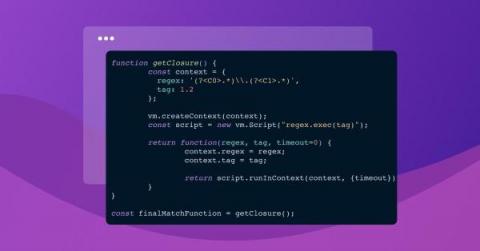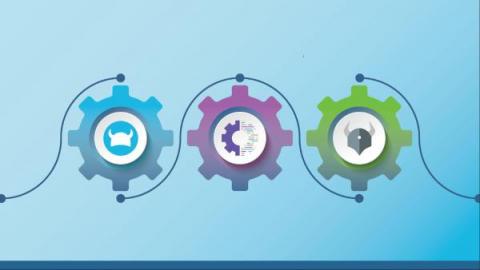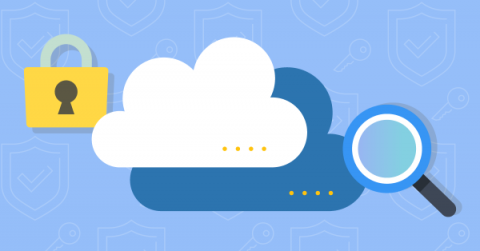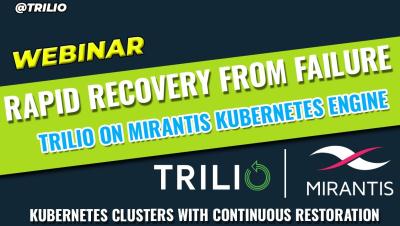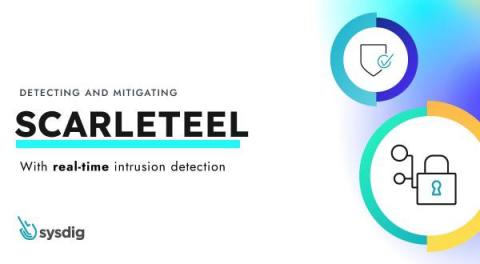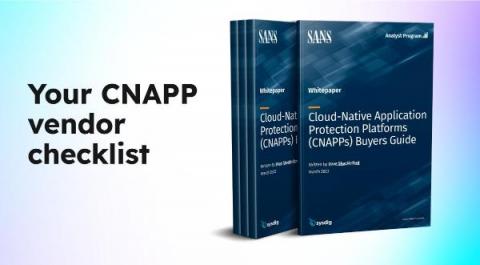Timing out synchronous functions with regex
How hard can it be to support custom container image tags? Turns out… quite! I know this because my team has been busy at work on our new custom base image support for Snyk Container, andwe were tasked with the following problem: Given a tag, parse its parts to be able to compare it to other similar tags. It was a fun problem to solve, and we'd love to share how we got to our final solution!


